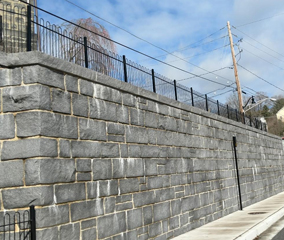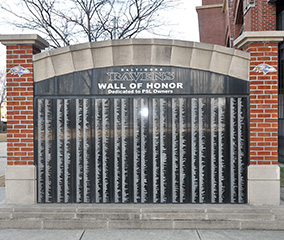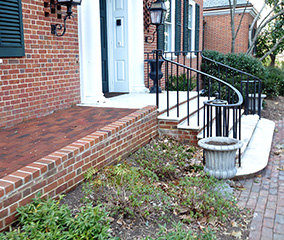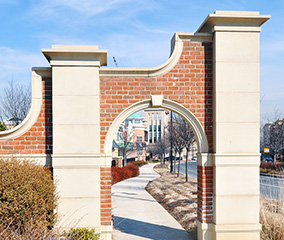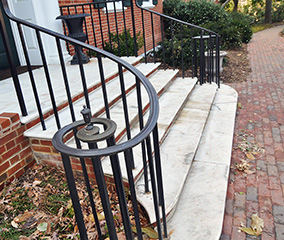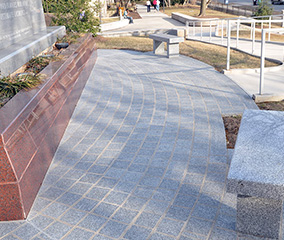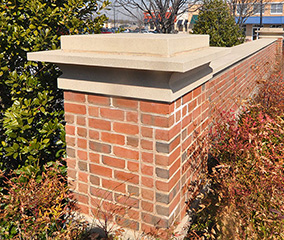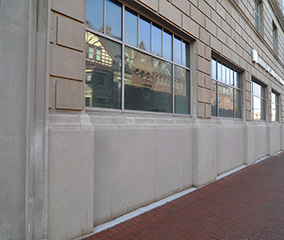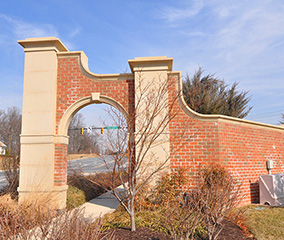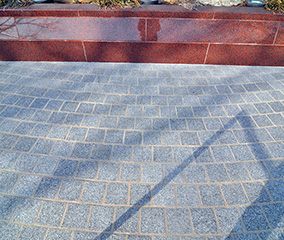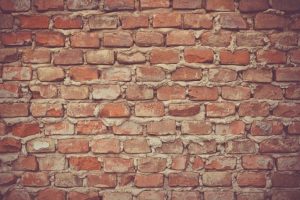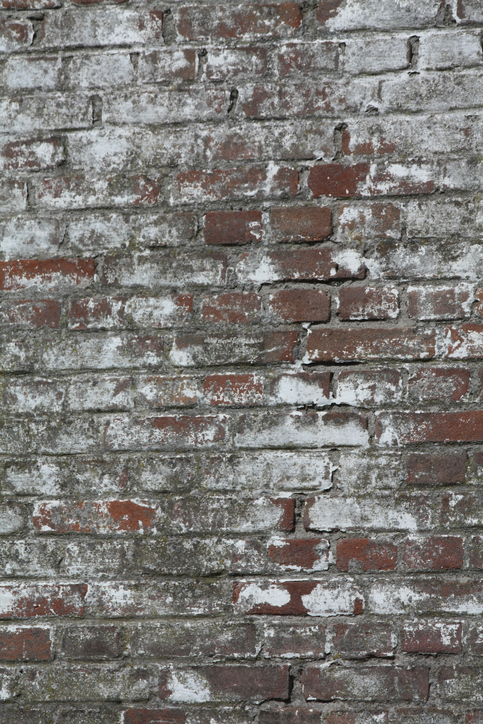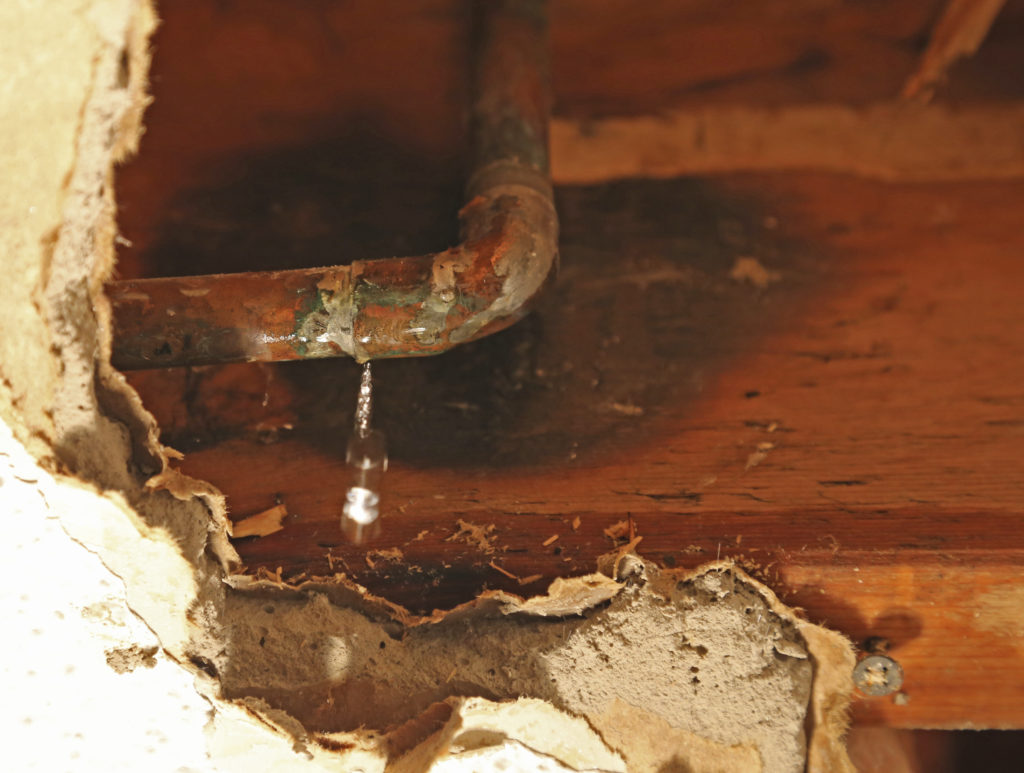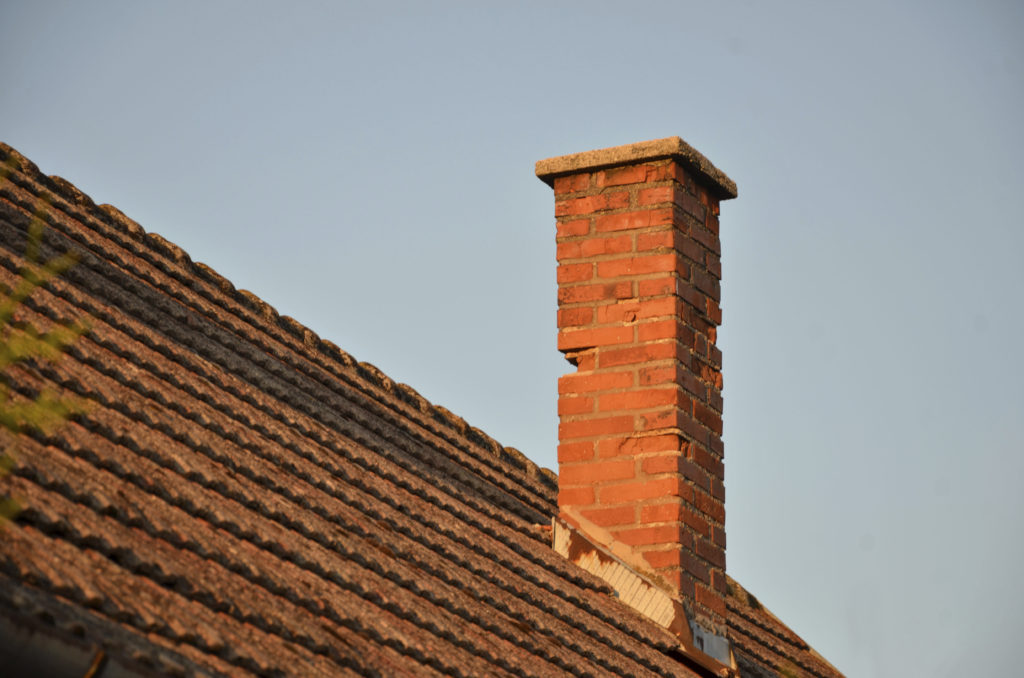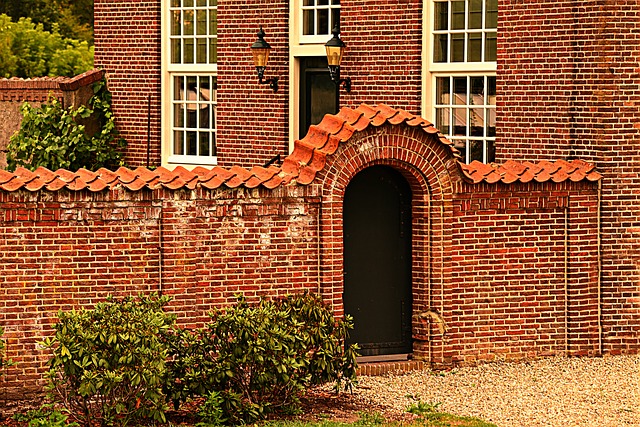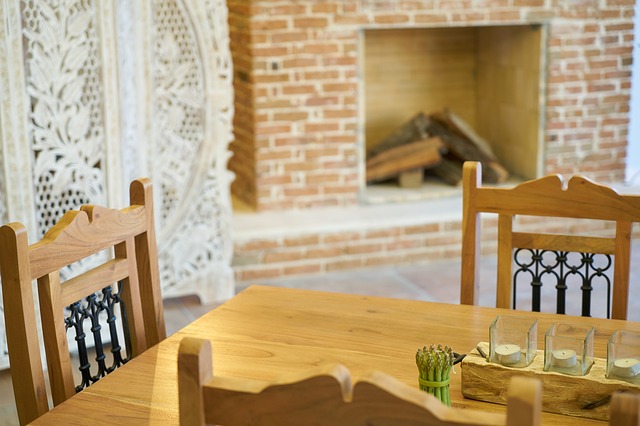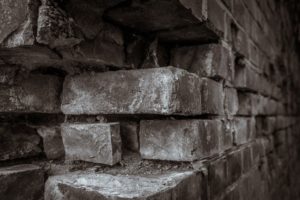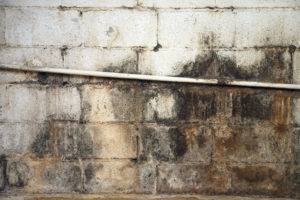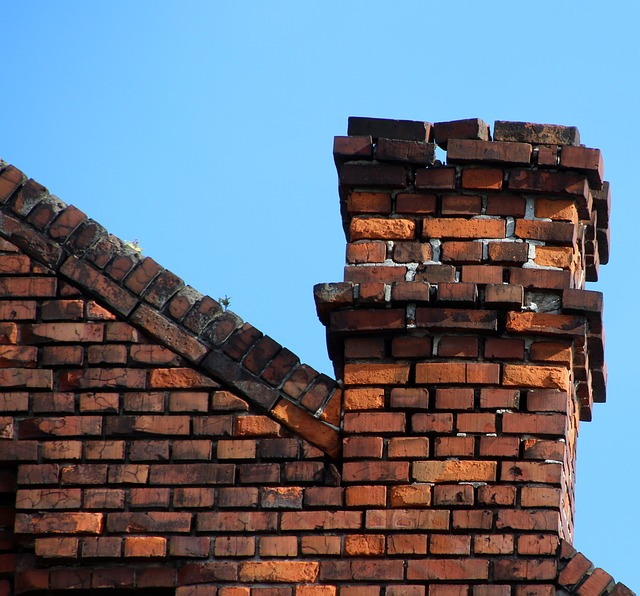
Chimneys are a great addition to any building, and they help regulate heat and airflow inside. Your chimney can most likely last for years. However, there are some key signs to watch out for that indicate a deteriorating chimney. Chimneys are often positioned in exposed areas of the roof, and crumbling can occur due to weathering even if other masonry work around your home is in good condition. In most cases, a crumbling chimney indicates that the mortar between the bricks has degraded, cracked, or both. Here is everything you need to know about repairing a crumbling chimney.
(more…)








